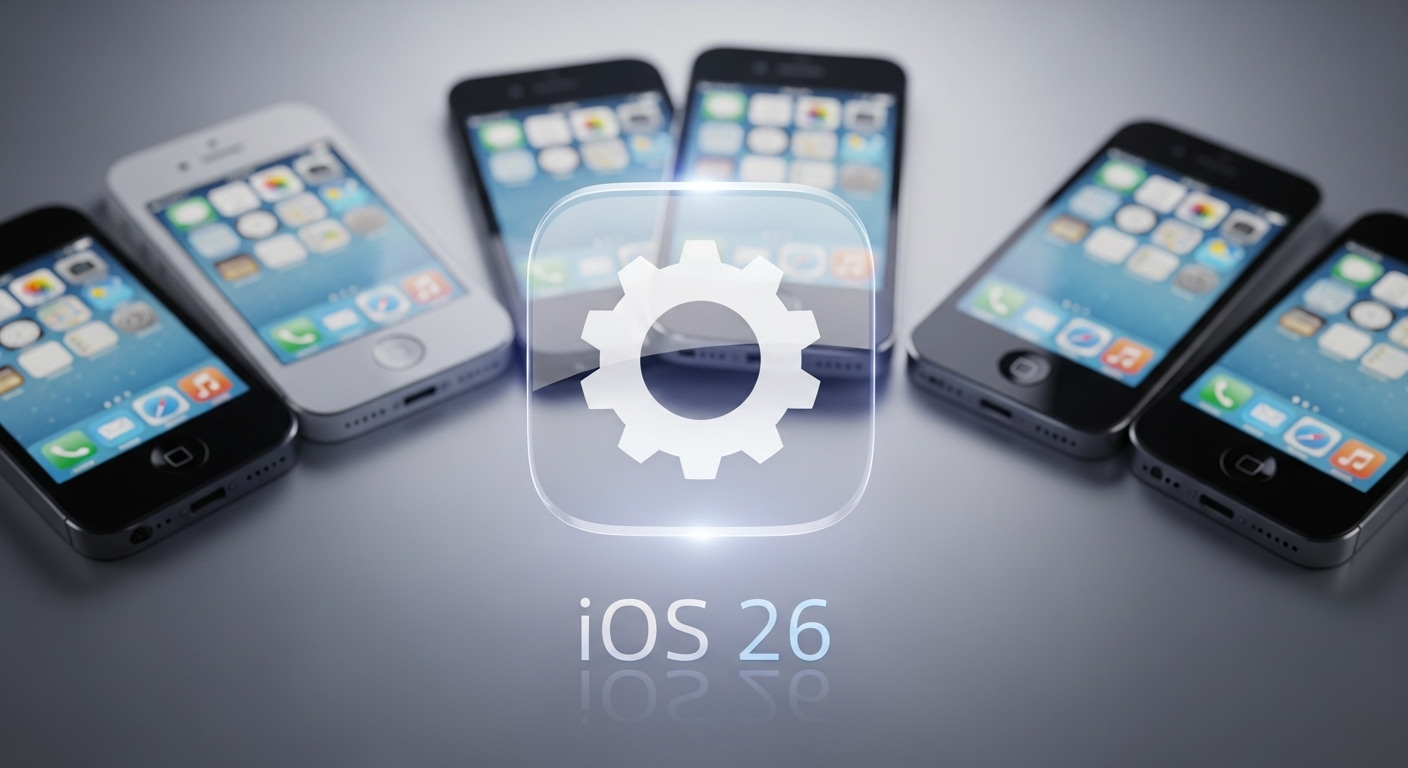After three months of living with Apple’s latest mobile operating system, iOS 26, it’s time for a comprehensive iOS 26 long-term review. This isn’t just about the initial wow factor; it’s about how the software integrates into daily life, its stability, and whether the new features truly enhance the user experience. From subtle interface tweaks to significant under-the-hood optimizations, iOS 26 brings a host of changes that merit a closer look after extended use.
Apple’s update cycle consistently pushes the boundaries of what’s possible on mobile devices, and iOS 26 is no exception. While many users focus on the headline features unveiled at launch, the true test of an operating system lies in its day-to-day performance and how well it addresses user needs over time. Our extended period with iOS 26 on the iPhone 17 has revealed both commendable innovations and areas that still leave room for improvement.
The Best of iOS 26: What Truly Shines
One of the most impressive aspects of iOS 26 has been the refined notification management system. Gone are the days of cluttered lock screens; the new ‘Smart Stacks’ for notifications intelligently groups alerts based on context and priority, significantly reducing digital noise. This feature, while seemingly minor, has had a profound impact on my ability to stay focused and only engage with truly important information. It’s a subtle yet powerful enhancement that streamlines interaction with the device.
Another standout improvement is the ‘Dynamic Island Pro’ functionality. Building upon previous iterations, iOS 26’s Dynamic Island Pro offers even more intuitive and interactive live activities. Whether tracking a food delivery, monitoring a sports score, or managing music playback, the expanded capabilities make multitasking feel more fluid and integrated. The animations are slick, and the responsiveness is top-tier, showcasing Apple’s commitment to hardware-software synergy.
The enhanced ‘Focus Modes’ also deserve a mention. While introduced in earlier versions, iOS 26 takes them to a new level with more granular control and automated triggers. Setting up custom Focus Modes for work, personal time, or even specific activities like reading or gaming is now simpler and more effective, helping users maintain boundaries and minimize distractions. The integration with third-party apps has also improved, making these modes more universally applicable.
Battery life optimization on iOS 26, particularly on the iPhone 17, has been surprisingly robust. Despite numerous new features running in the background, the OS manages power efficiently, often providing a full day of heavy use without needing a midday charge. This is a crucial factor for many users, and Apple seems to have struck a good balance between performance and endurance.
Innovative Features and Performance Gains
The introduction of ‘Neural Engine 3.0’ in iOS 26 has visibly boosted AI-driven features across the system. From more accurate Siri responses to smarter photo categorization and on-device machine learning tasks, the performance gains are palpable. This advancement in AI processing on the device itself represents a significant step forward, reducing reliance on cloud computing for many tasks and enhancing user privacy. The seamless integration of these AI capabilities into everyday functions, such as predictive text and intelligent suggestions, makes the iPhone 17 feel more personal and proactive.
The advancements in personalized AI features within iOS 26 showcase the growing integration of artificial intelligence into our daily technology, echoing the broader discussions around AI’s impact on various sectors. It’s clear that on-device AI is becoming a cornerstone of modern mobile operating systems.
Furthermore, the redesigned ‘Settings’ app, while initially requiring a brief adjustment period, has proven to be far more intuitive. Categories are clearer, search functionality is more robust, and frequently accessed settings are easier to find. This seemingly minor overhaul significantly improves the user experience for those who delve into system preferences regularly.
Areas Where iOS 26 Could Use Some Work
Despite its many strengths, iOS 26 isn’t without its imperfections. One persistent issue has been the occasional bugginess within the ‘App Library’. While the concept of automatically organizing apps is excellent, there are instances where apps are miscategorized or simply disappear from their expected folders, requiring a manual search. This can be frustrating, especially when trying to quickly launch an application.
Another area that could benefit from refinement is the ‘Always-On Display’ customization options. While the feature itself is useful, the current iteration on the iPhone 17 running iOS 26 offers limited flexibility. Users are still clamoring for more control over what information is displayed, the layout, and the ability to truly personalize the aesthetic beyond basic wallpaper choices. Expanding these options would greatly enhance the user experience.
The new ‘Widget Stack’ feature, while generally improved, sometimes suffers from delayed updates. Weather widgets, for example, occasionally display outdated information for several minutes, requiring a manual refresh. This inconsistency detracts from the convenience that widgets are meant to provide. For an operating system that prides itself on seamless real-time information, these delays are noticeable.
Privacy controls, while comprehensive, have become increasingly complex. While the granular control is appreciated, navigating the labyrinth of permissions for various apps can be overwhelming for the average user. A more streamlined, perhaps wizard-driven, approach to initial setup and periodic review of privacy settings would be beneficial, making it easier for users to understand and manage their data.
Minor Annoyances and Future Improvements
A minor but recurring annoyance is the occasional stutter or lag when switching between very graphics-intensive applications. While the iPhone 17’s powerful A-series chip generally handles everything with ease, there are rare moments where the system seems to momentarily struggle, particularly after prolonged heavy usage. This isn’t a deal-breaker but stands out against an otherwise buttery-smooth experience.
The ‘Share Sheet’ also continues to be an area that could use a thoughtful redesign. While functional, it often presents a crowded list of options, making it difficult to quickly find the desired sharing method. A more intelligent, context-aware Share Sheet that prioritizes frequently used contacts and apps would be a welcome enhancement in a future update.
Finally, while the new ‘Messages’ features are fun and engaging, the overall complexity of the app has grown. For users who prefer a simpler, more direct messaging experience, some of the added functionalities can feel like bloat. A toggle or option to simplify the interface for those who don’t utilize all the bells and whistles could improve user satisfaction.
Conclusion: The Evolving Experience of iOS 26
After three months with iOS 26, it’s clear that Apple continues to deliver a powerful and largely refined mobile operating system. The advancements in notification management, Dynamic Island Pro, Focus Modes, and underlying AI capabilities make the iPhone 17 an even more capable device. The battery optimizations are a significant win, and the overall performance is excellent.
However, there are still areas where the system could mature. The App Library’s inconsistencies, limited Always-On Display customization, and minor widget update delays are points that Apple should address in subsequent patches or future iterations. Despite these minor criticisms, the iOS 26 long-term review concludes that it is a robust and forward-thinking operating system that, for the most part, significantly enhances the user experience. It lays a solid foundation for future innovations, proving that even with a mature OS, there’s always room for growth and refinement.


